Zeekr 9X will be launched in China on August 29 and has attracted attention due to its resemblance to the Cullinan
[PCauto] Geely‘s premium electric vehicle brand Zeekr announced that its first luxury flagship hybrid SUV model, the Zeekr 9X, will officially start pre-sale in China on August 29, 2025.
This full-size luxury SUV has attracted significant market attention for its resemblance to the Rolls-Royce Cullinan in appearance, as well as its luxurious interior design and high level of configuration.
Zeekr 9X Positioned as a Full-Size Luxury SUV
The Zeekr 9X dimensions are 5239/2029/1819mm, with a wheelbase of 3169mm, offering a 2+2+2 six-seat layout, and an optional four-seat executive version.
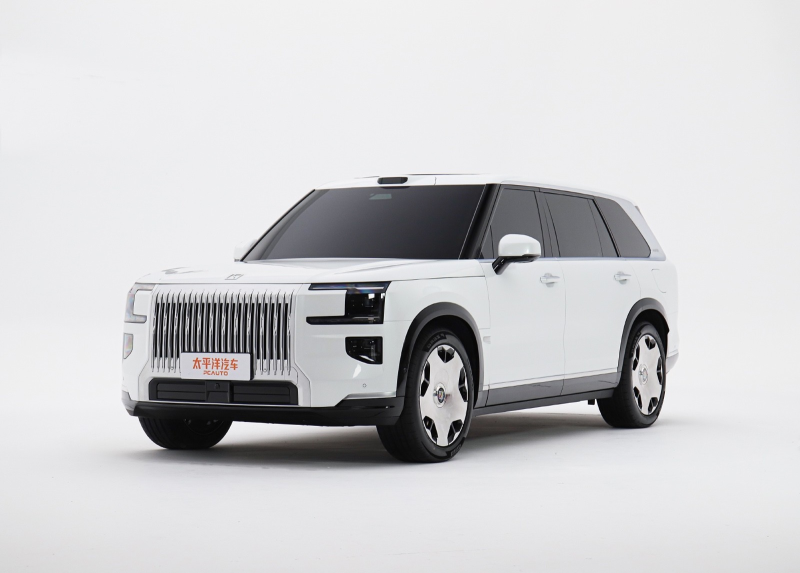
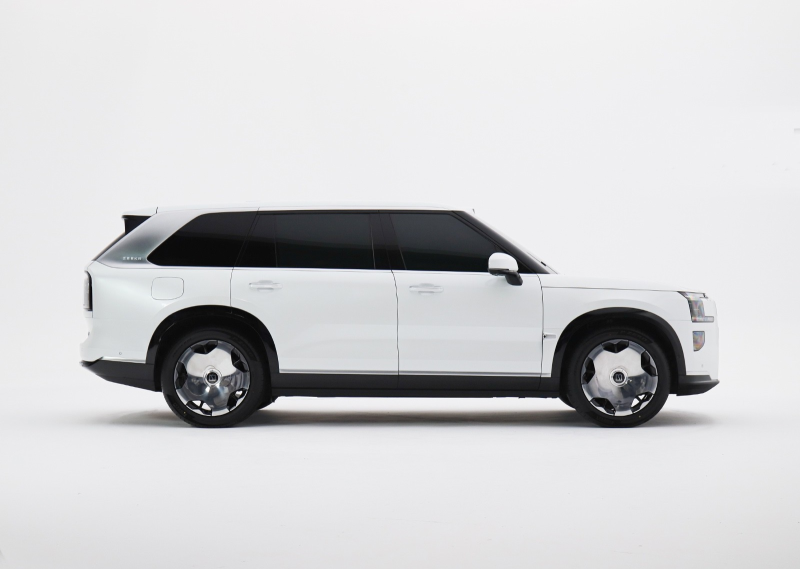
The exterior design blends classic luxury elements with a modern sense of technology. The front features a vertical chrome grille paired with split LED headlights, resembling Rolls-Royce’s “Parthenon Temple” design, showcasing a powerful visual presence.
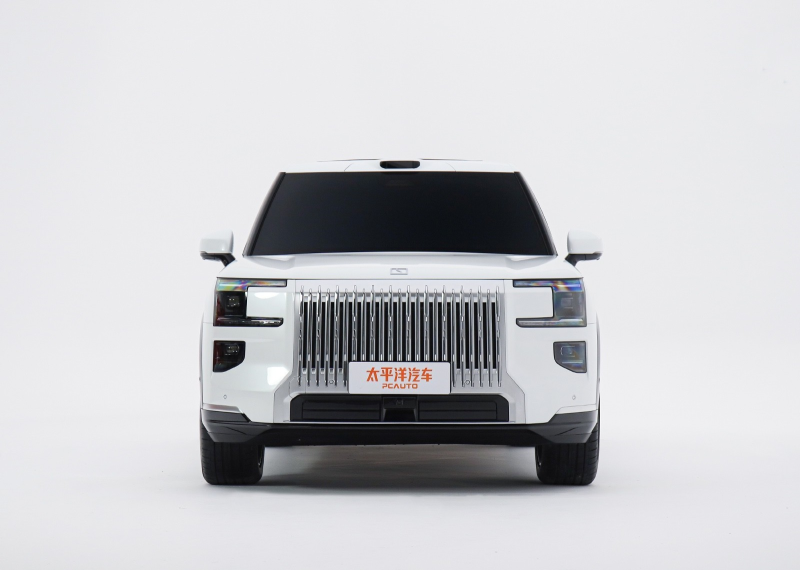
The rear is equipped with a ring-shaped through-type taillight strip, inlaid with 42,242 diamond-cut surfaces, with the “ZEEKR” lettering in the center, creating a highly distinctive look.
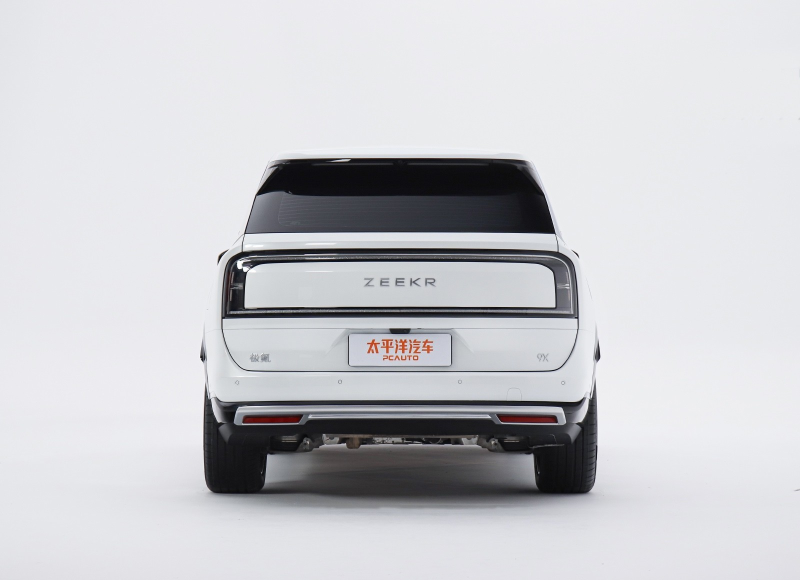
In terms of details, the new car is equipped with 22-inch mirror-forged wheels, hidden door handles, and a unique split tailgate design. The rear seats can even accommodate passengers to enjoy the scenery.
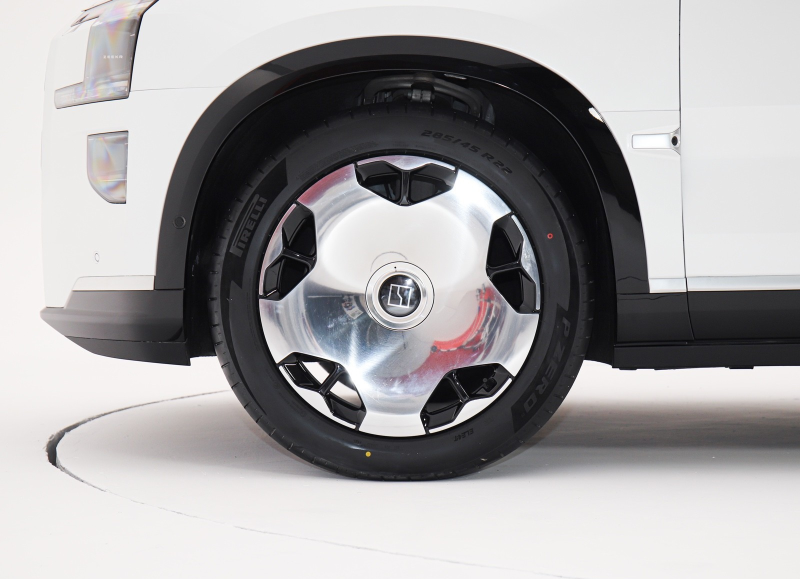
Zeekr 9X Interior Design Showcasing Ultimate Luxury
The interior extensively uses soft leather materials and features semi-aniline leather seats, decorated with Song Dynasty Guan Kiln texture wood trims and Swarovski crystal buttons.
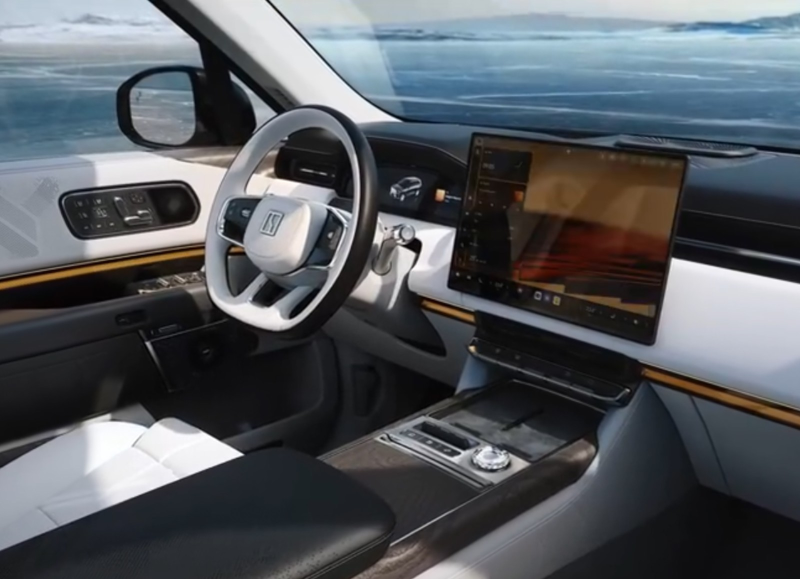
The second row is equipped with zero-gravity seats, supporting ventilation, heating, massage, and 140° recline adjustment. The headrests have built-in speaker systems.
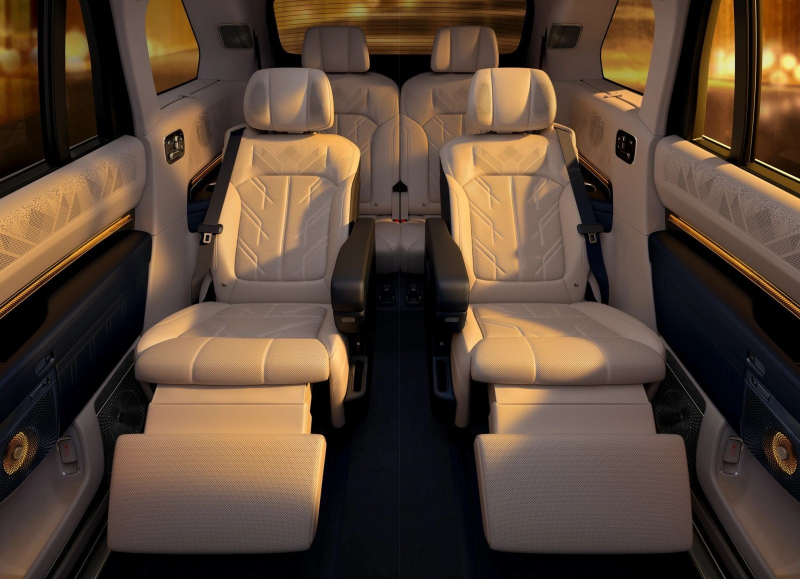
The intelligent cabin is powered by dual Qualcomm Snapdragon 8295 chips, with a total computing power of 30 TOPS, supporting four-zone voice control and visible-voice interaction.
With a 17.3-inch central control screen, a 21.6-inch curved dashboard screen, and a 15.6-inch ceiling-mounted entertainment screen forming a “technology triangle,” combined with a JBL 22-channel audio system, it provides an immersive experience for passengers.
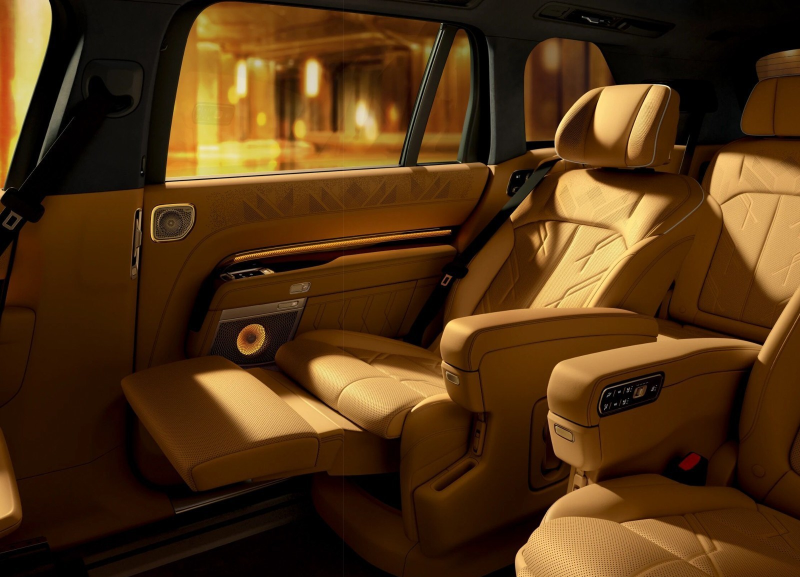
The power system is one of the biggest highlights of the Zeekr 9X
The new car is equipped with a hybrid power system, which is also Zeekr’s first use of a hybrid system.
The system consists of a 2.0T hybrid-specific engine and three motors. The engine has a thermal efficiency of 46% and a power of 205kW, with the front motor producing 290kW and the rear dual motors generating 370kW. The system’s combined power reaches 1030kW (1381 horsepower) with a peak torque of 1400N·m.
In terms of performance, the Zeekr 9X accelerates from 0-100km/h in just 3.1 seconds, with a top speed of 240km/h. Even in a discharged state, acceleration performance degradation is limited to only 0.2 seconds.
As for range, its pure electric range under the CLTC cycle reaches 380 kilometers, making it the plug-in hybrid SUV with the longest all-electric range globally. The combined range exceeds 1000 kilometers.
The Zeekr 9X adopts a 900V high-voltage platform, supporting 6C ultra-fast charging. Charging from 20% to 80% takes only 9 minutes, which is 1.5 times faster than Tesla‘s V4 Supercharging technology.
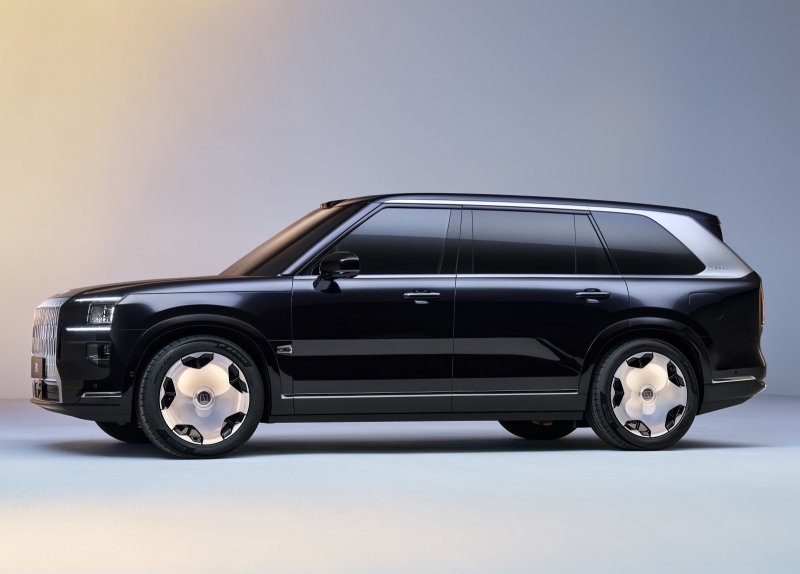
The intelligent driving system offers two versions to choose from
- The H7 version uses a single Nvidia Thor-U chip (700TOPS), supporting highway NOA and automatic parking features.
- The H9 version is equipped with dual Thor-U chips (1400TOPS) and 5 LiDAR sensors, including 1 long-range 520-line LiDAR. It supports L3-level conditional autonomous driving and can handle complex scenarios such as mechanical parking and perception through heavy rain.
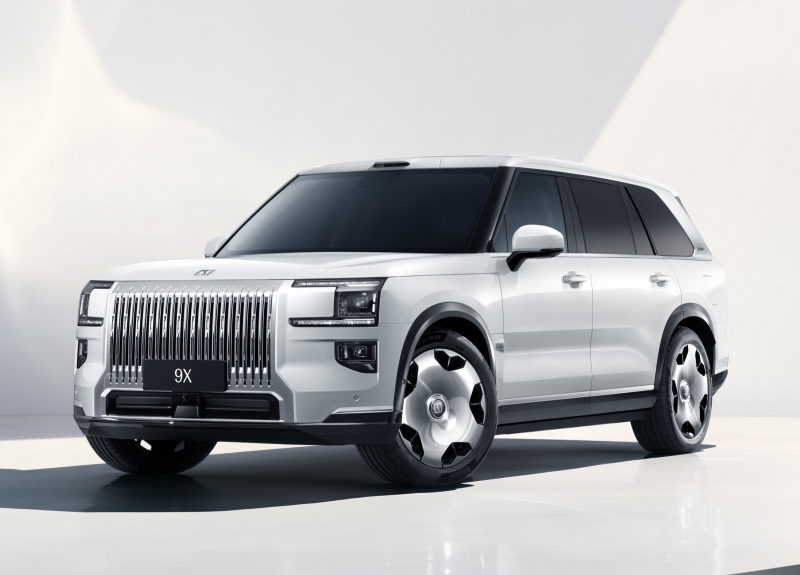
Zeekr 9X Continues the Brand’s High Standards in Safety
In terms of safety performance, the Zeekr 9X adopts a high-strength steel and aluminum alloy body structure, with a usage rate exceeding 91%. Among these, 2000MPa hot-formed steel is used in critical areas such as the A/B pillars. The vehicle’s torsional rigidity reaches 41600N·m/deg, which is the highest level in the industry.
The innovative third energy-absorbing box design can reduce collision intrusion by 20% and has passed super-national standard tests such as 50km/h pole collision and 105km/h rear collision.
The chassis is equipped with a closed dual-chamber air suspension system, dual-valve CCD electromagnetic damping, and a 48V active anti-roll bar, supporting all-terrain adaptive functionality to handle various road conditions such as deserts, snowfields, and altitudes above 5000 meters.
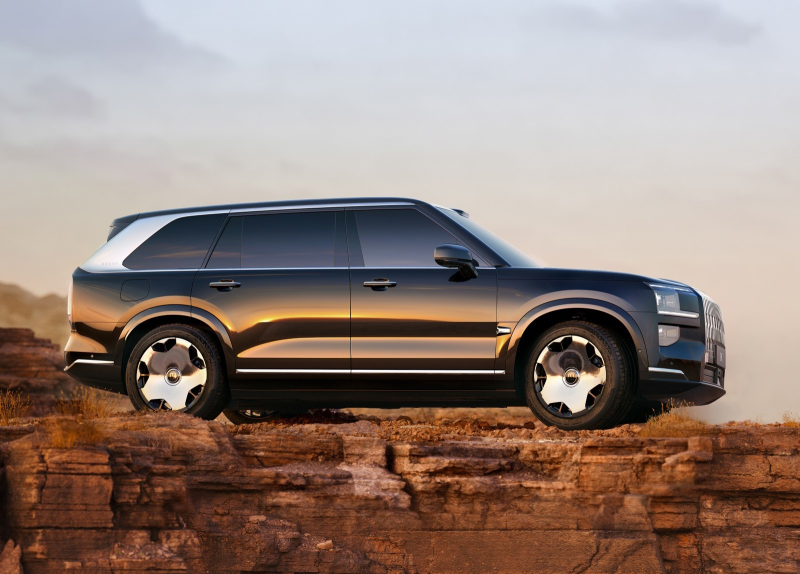
Zeekr 9X to Compete with Mercedes-Benz GLS
Zeekr 9X mainly targets high-end business professionals, family users, and tech enthusiasts, focusing on versatile “home and business” usage scenarios.
The new car directly rivals models like AITO M9, Li L9, and Mercedes-Benz GLS but relies on advantages such as a hybrid system, long-range capability, and fast charging to create differentiated competition.
In terms of price, the base model is expected to be priced in the range of 500,000 to 600,000 yuan (296,000-355,000 MYR).
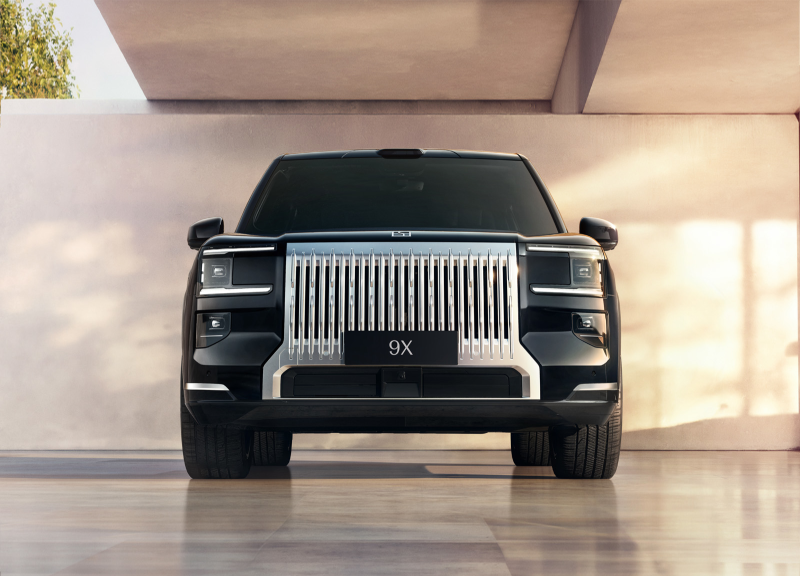
This price point also marks Zeekr’s official full-scale entry into the high-end market. With pre-sales starting on August 29, will this luxurious SUV, integrating performance, range, intelligence, and safety, be able to challenge the market position of traditional luxury brands?
If any infringement occurs, please contact us for deletionFollow Us
Trending News
2025 Toyota Aqua Released, Fuel Efficiency 35.4km/L, More Worth Buying Than Corolla[PCauto] Against the backdrop of the global automotive market’s continuous transition toward electrification, the Toyota Aqua, as a compact hybrid model from the brand, has always been renowned for its high efficiency and practicality.The 2025 Toyota Aqua has been officially unveiled recently, drawing market attention once again with multiple technological upgrades and high fuel efficiency.This model is built on the TNGA-B platform, achieving a new breakthrough in fuel consumption performanKevin WongSep 3, 2025Zeekr 9X will be launched in China on August 29 and has attracted attention due to its resemblance to the Cullinan[PCaut
Rumor: Toyota and Mazda collaborate to develop the next-generation MX-5 and GR86
AshleySep 30, 2025, 05:45 PM
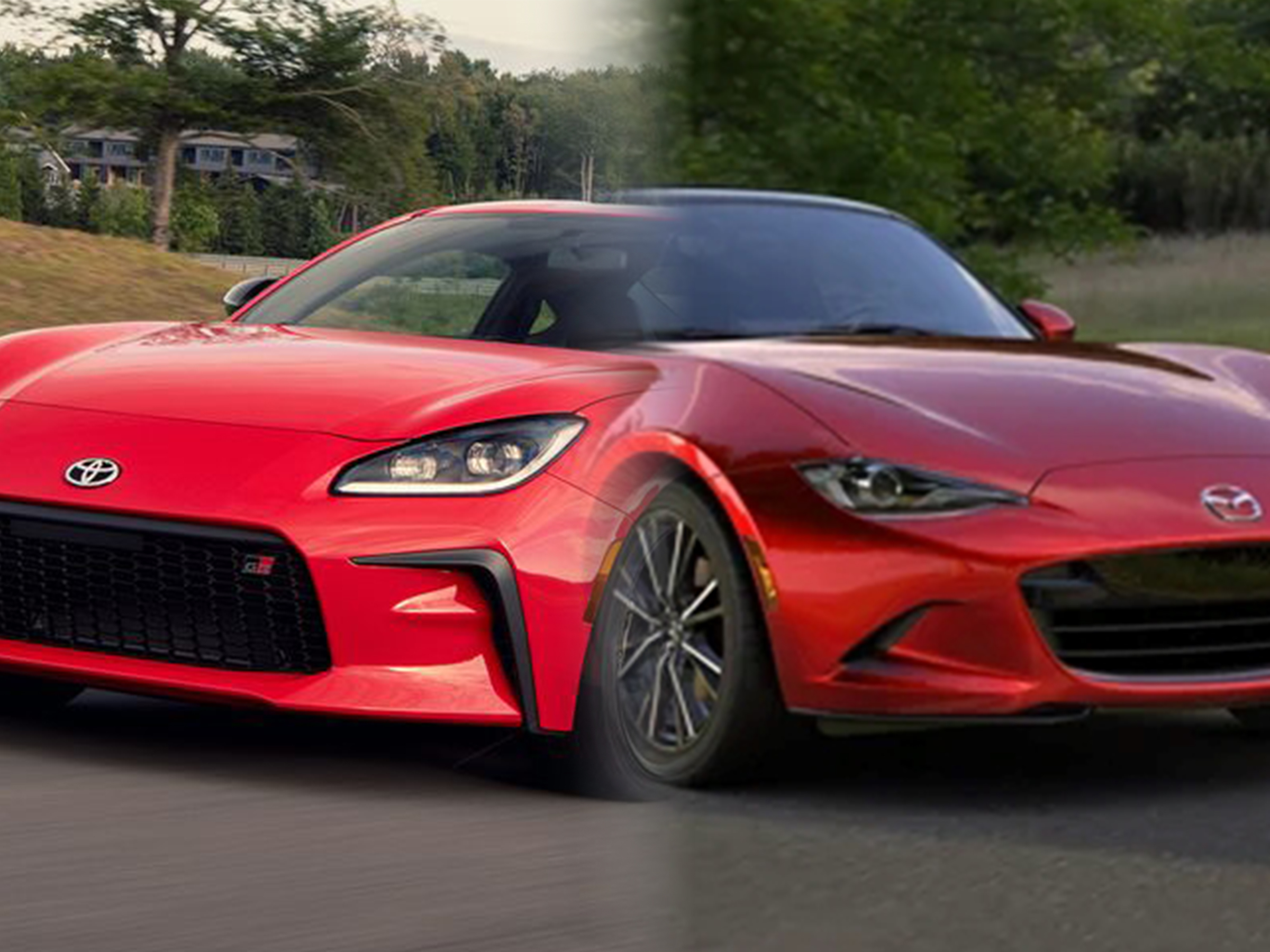 [PCauto] According to Japan’s veteran automotive magazine “Best Car,” Toyota and Mazda are exploring a joint development of the next-generation Mazda MX-5 or Toyota GR86.
[PCauto] According to Japan’s veteran automotive magazine “Best Car,” Toyota and Mazda are exploring a joint development of the next-generation Mazda MX-5 or Toyota GR86.
Toyota and Mazda’s collaboration has a solid foundation
In 2015, Toyota and Mazda established a strategic partnership, which was further elevated to a capital alliance in 2017. This collaboration extends beyond mutual vehicle supply—such as Mazda providing the MX-2 to Toyota and Toyota supplying commercial vans to Mazda—to include deep cooperation in electric vehicles, software-defined vehicles, and advanced safety technologies.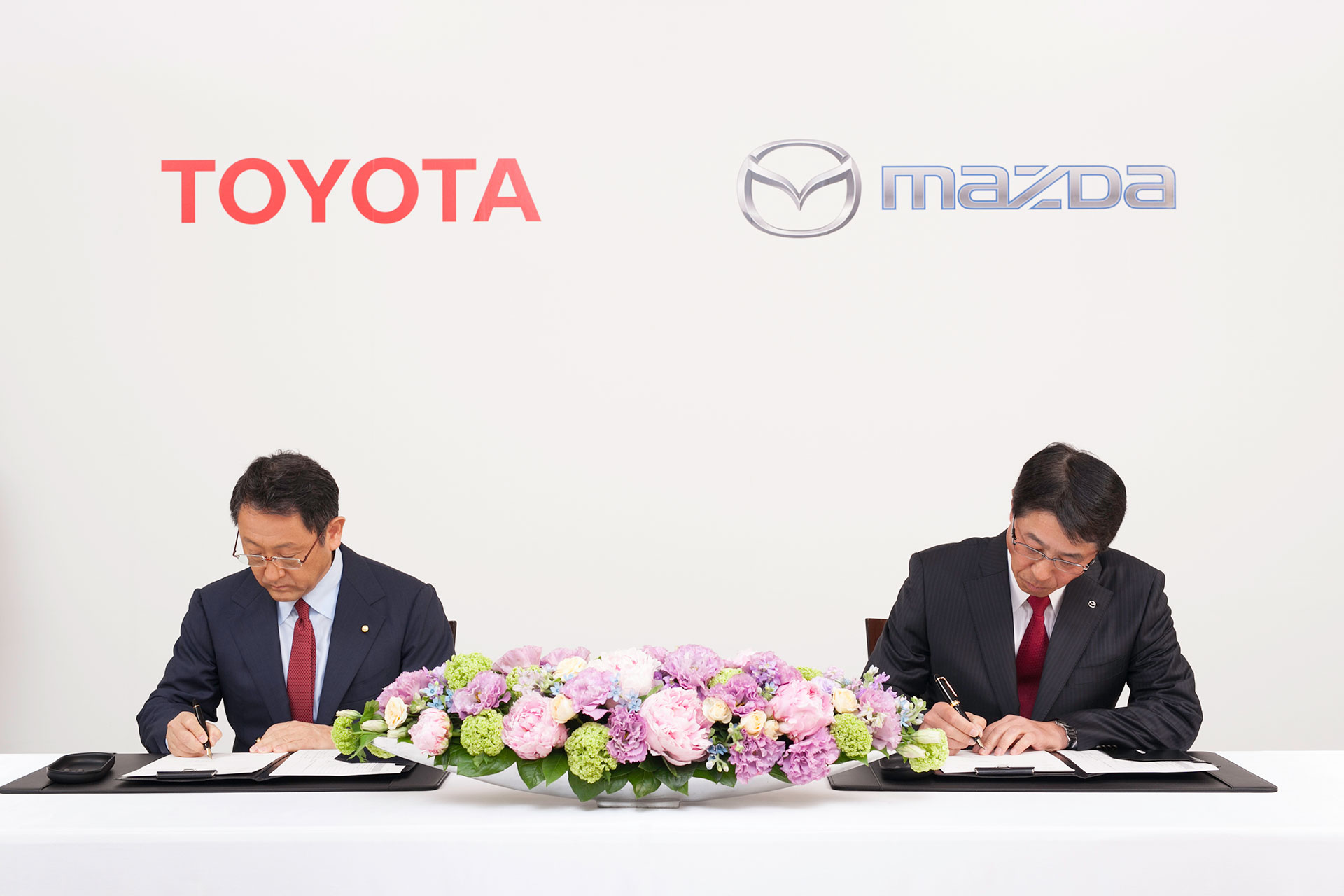
Why collaborate now?
The direct motivation for the collaboration lies in the current survival crisis of small sports cars. The limited target market and low sales volume make developing a unique platform for such vehicles prohibitively expensive for any automaker, as the costs cannot be effectively recouped.
Take the GR86 as an example. Its platform, shared with the Subaru BRZ, has served two generations. However, Subaru has scaled back its performance car investments due to stricter emissions laws and diminished market interest. Compounding these challenges, the failure of both models to meet the latest European safety regulations has led to the decision to withdraw them from the market.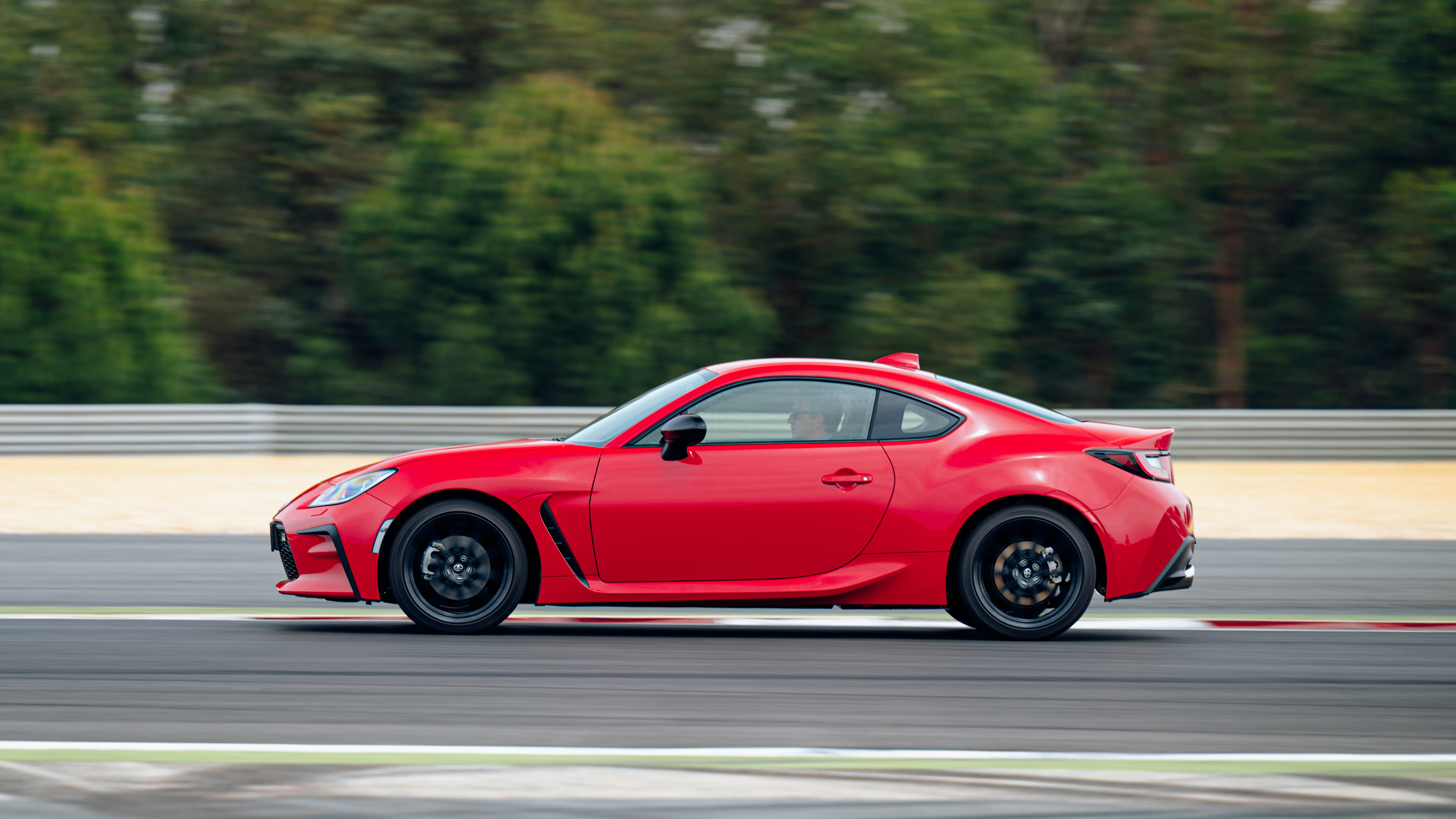
While the MX-5 maintains its title as the world’s best-selling roadster (with over 1 million units sold since its 1989 debut), the cost of developing a dedicated new platform for electrification remains prohibitively high.
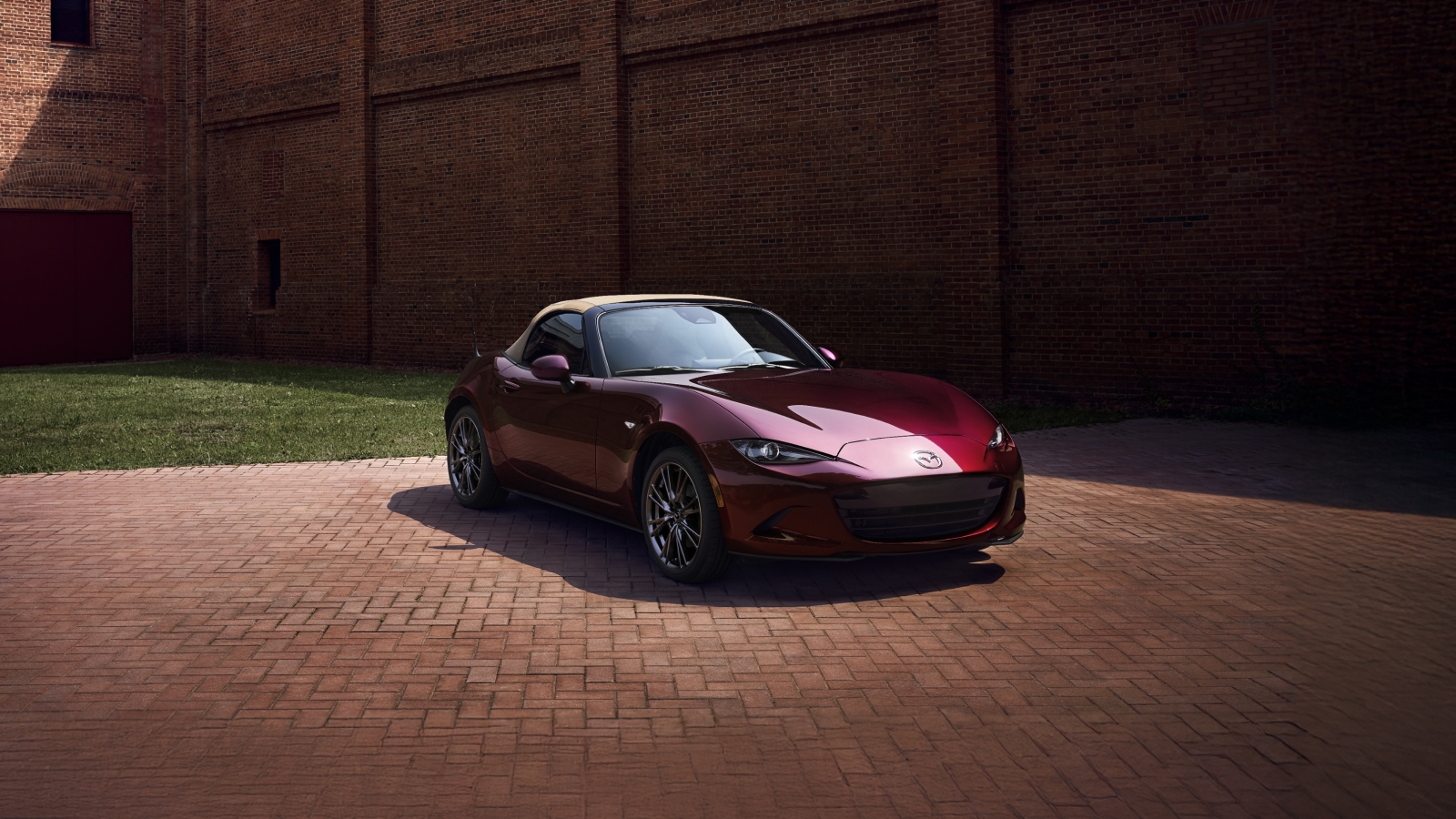
Successful cases in the past have already provided the answer: Toyota’s joint development with BMW for the Supra (based on the Z4 platform) and the collaboration with Subaru on the BRZ/GR86 are prime examples of how collaboration has ensured the continuity of legendary vehicles.
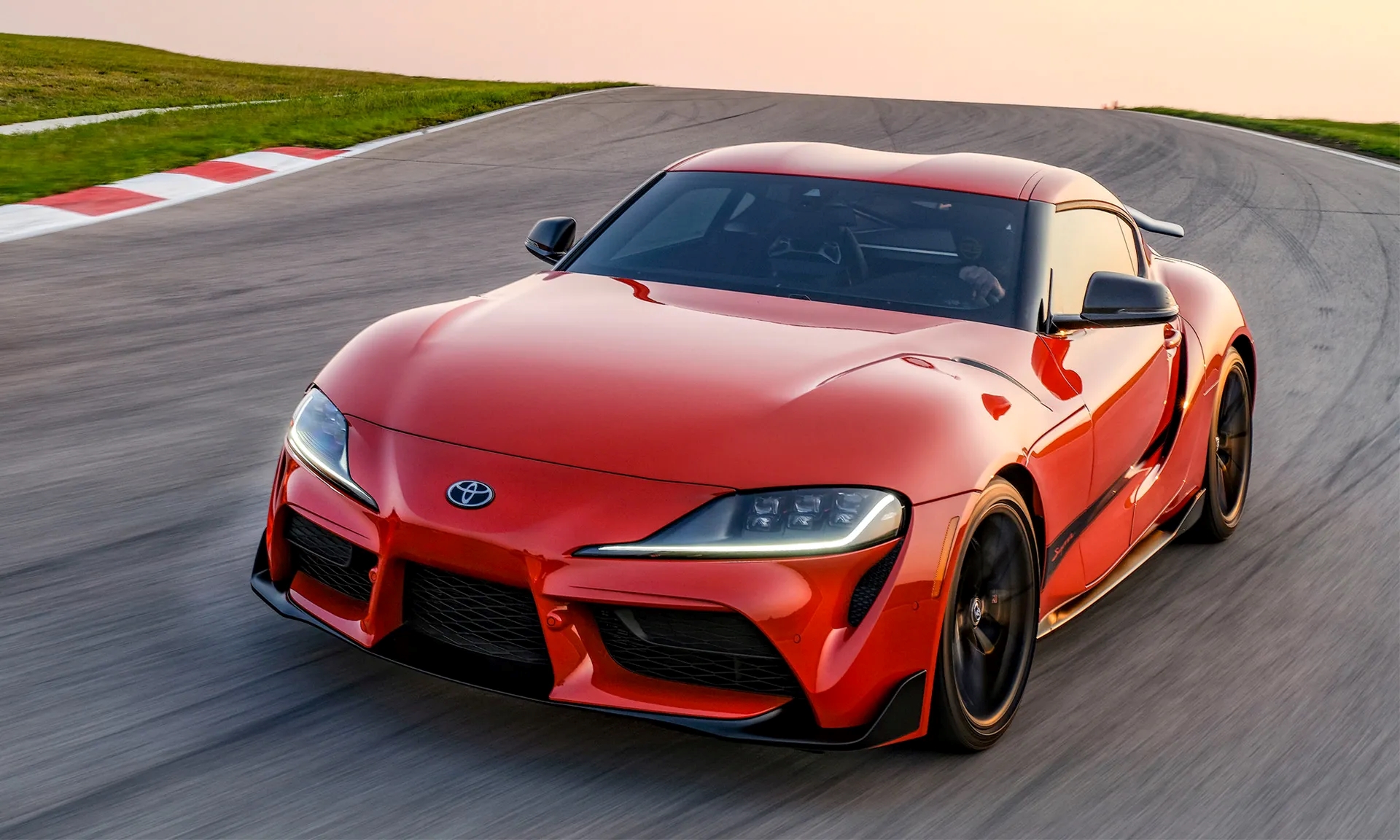
Mazda itself also has similar experience. In 2017, the MX-5 collaborated with Fiat to launch the 124 Spider. Despite sharing a platform, the two cars possess different powertrains and calibrations, showcasing the versatility of a unified architecture in spawning models with diverse driving personalities.
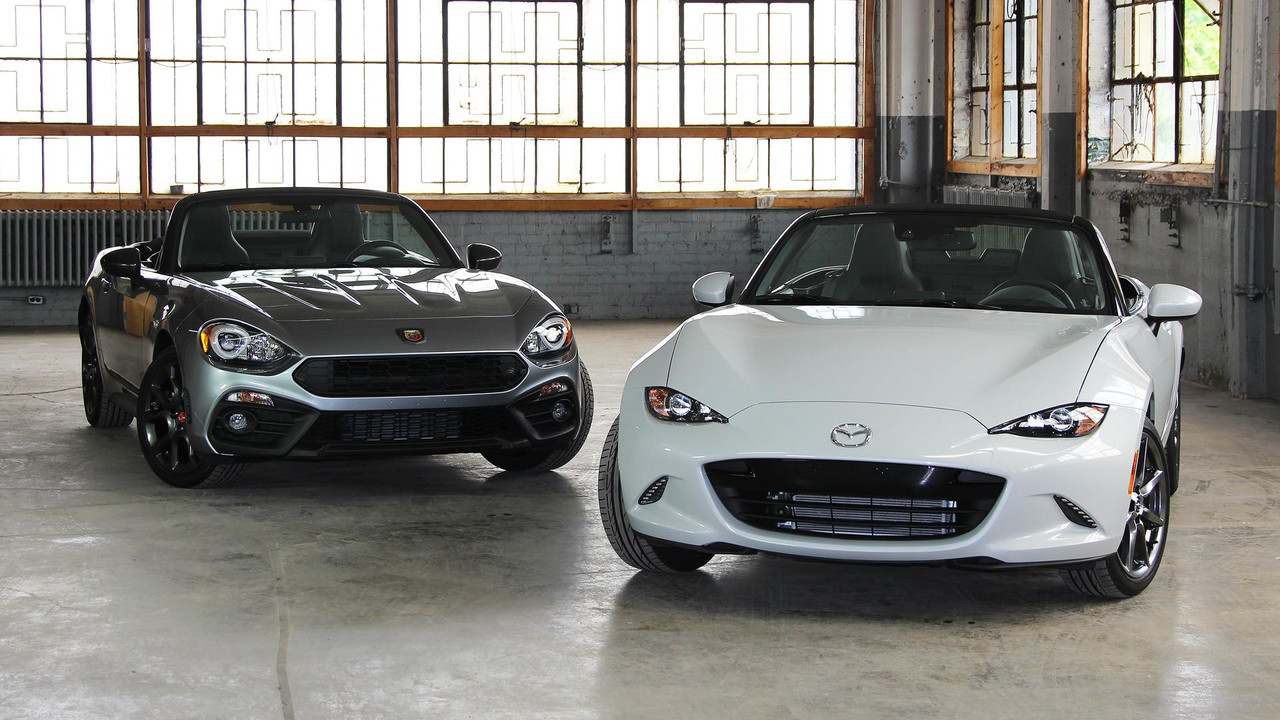
Division of Responsibilities in the Collaboration
According to “Best Car,” the collaboration has entered a substantial phase of advancement : senior engineers from Mazda have been stationed at Toyota’s headquarters in Toyota City, collaborating on the development of the next-generation model based on the current ND-generation MX-5.
Toyota has invested heavily to revise the lightweight platform of the MX-5, making it suitable for two distinct models.
Production will be handled at Mazda’s Hiroshima plant, while Toyota will provide financial support to upgrade the facility and expand its capacity. This arrangement underpins Toyota’s decision to have Mazda produce the GR86 under the partnership.
The powertrains of the MX-5 and GR86 may differ
The platform itself will be an evolved version of the ND-generation MX-5, benchmarked against the ultra-lightweight 990S model, which weighs just 990 kilograms. Its outstanding agility and handling are the core advantages Toyota values. Specifically:
• MX-5: Will retain its iconic two-seater layout, continuing its brand DNA of “lightweight and pure handling”;
• GR86: The platform will be slightly extended to accommodate a 2+2 seating configuration, increasing practicality while maintaining the essence of a rear-wheel-drive sports car.
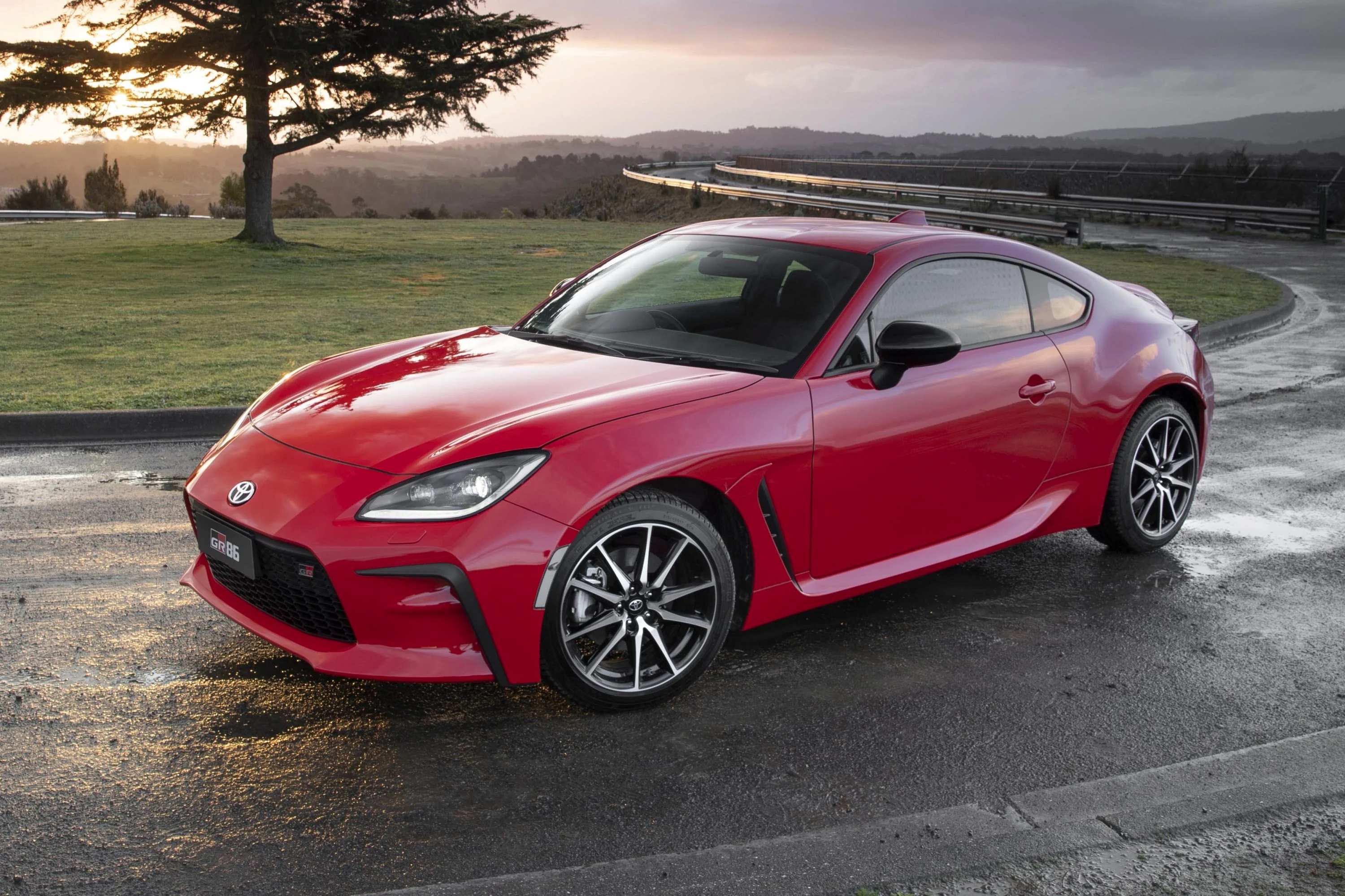
The difference in powertrains is key to maintaining the individuality of the two models.
Toyota plans to equip the GR86 with a naturally aspirated 2.0-liter four-cylinder engine, supplemented by a hybrid assist system, with an output exceeding 200 horsepower.
Mazda will make improvements based on the current 2.0-liter SkyActiv G engine and may also incorporate hybrid technology, aiming for an output close to Toyota’s version.
While there was earlier speculation about the next MX-5 transitioning to a 2.5L SkyActiv Z-derived engine for “right-sizing,” the focus has now shifted under the current partnership. The priority is now on adapting the ND platform to maintain cohesive driving dynamics across both vehicles.
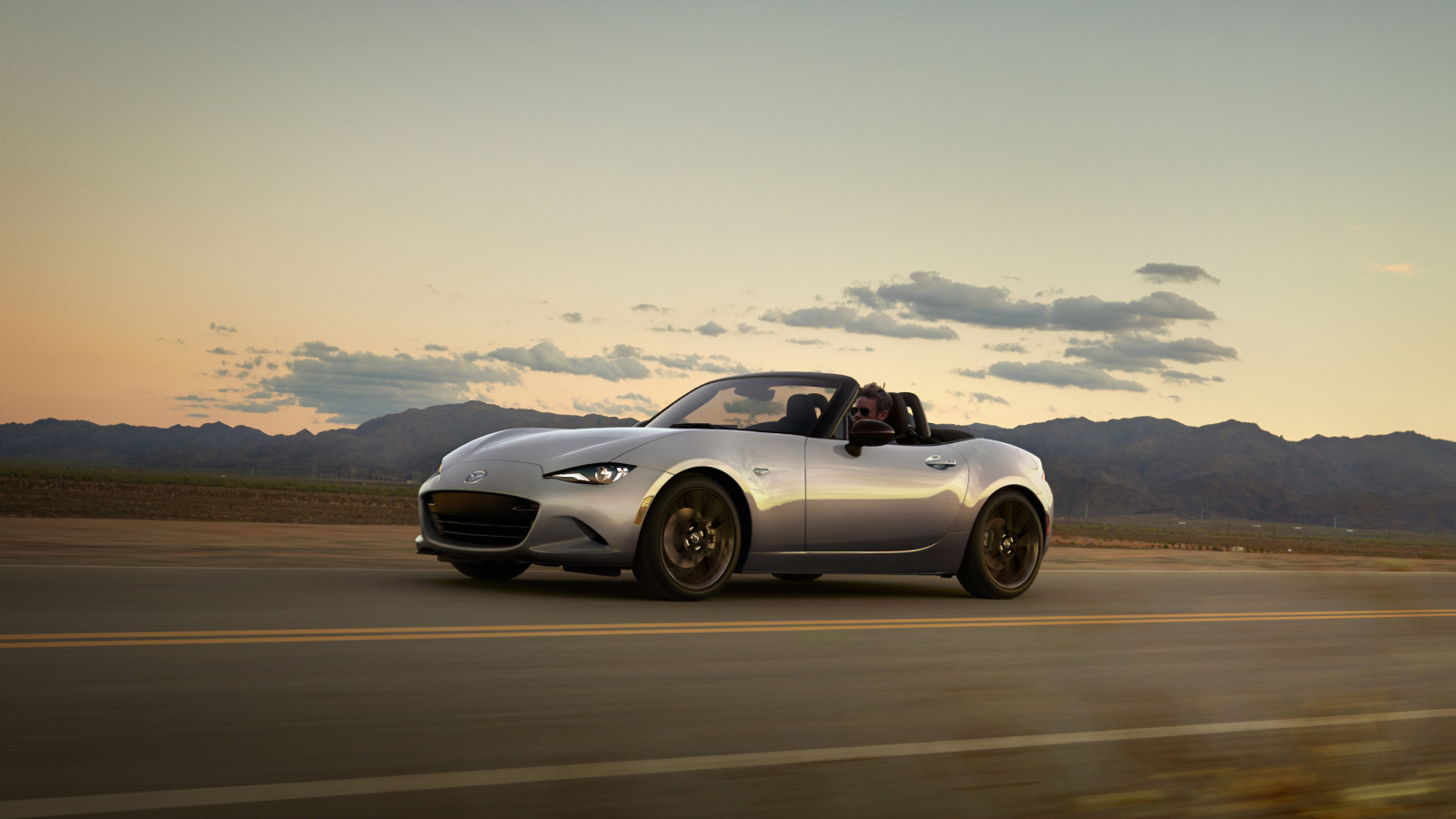
This collaboration means that Toyota’s existing partnership with Subaru may come to an end.
For fans of the MX-5 and GR86, the new-generation models possibly arriving in 2028 ,represent their last expectations for affordable sports cars.
In an era dominated by electrification and vehicle upsizing, this pure driving pleasure becomes even more precious. And that is precisely why these two Japanese manufacturers have joined forces.



